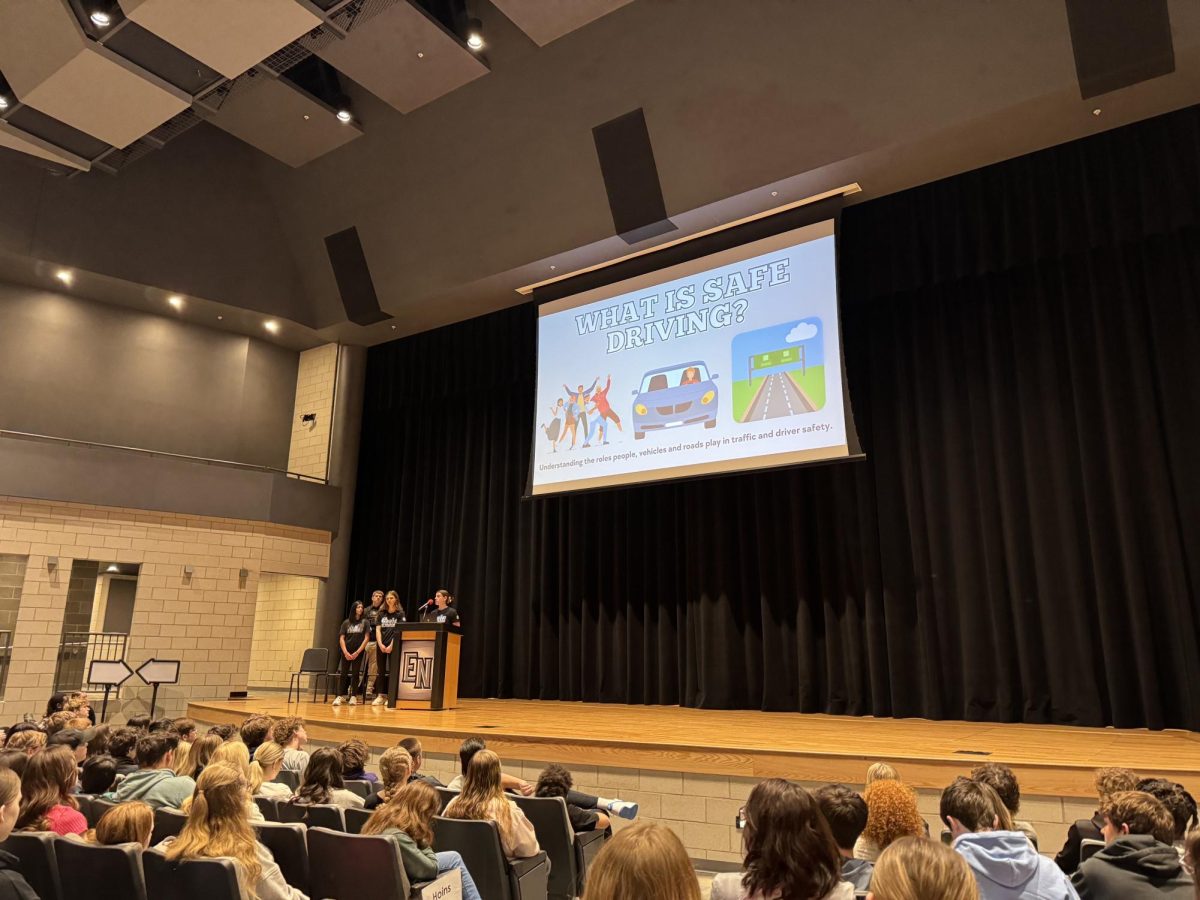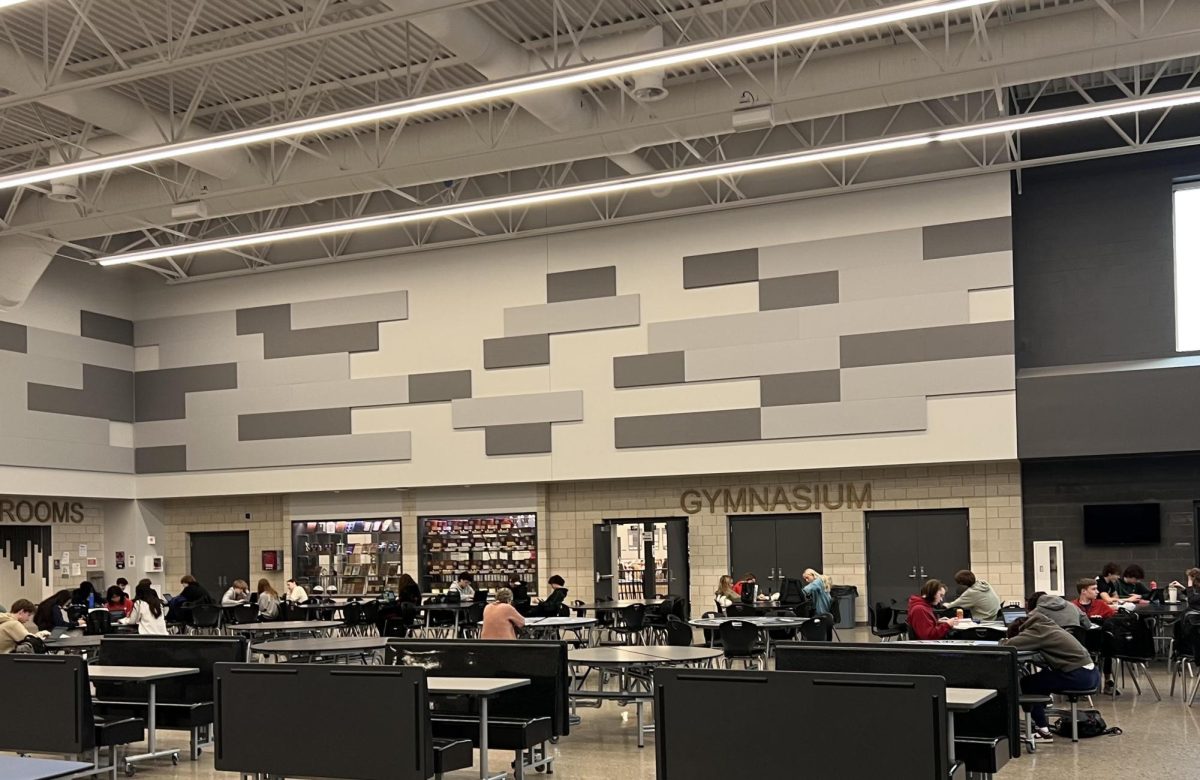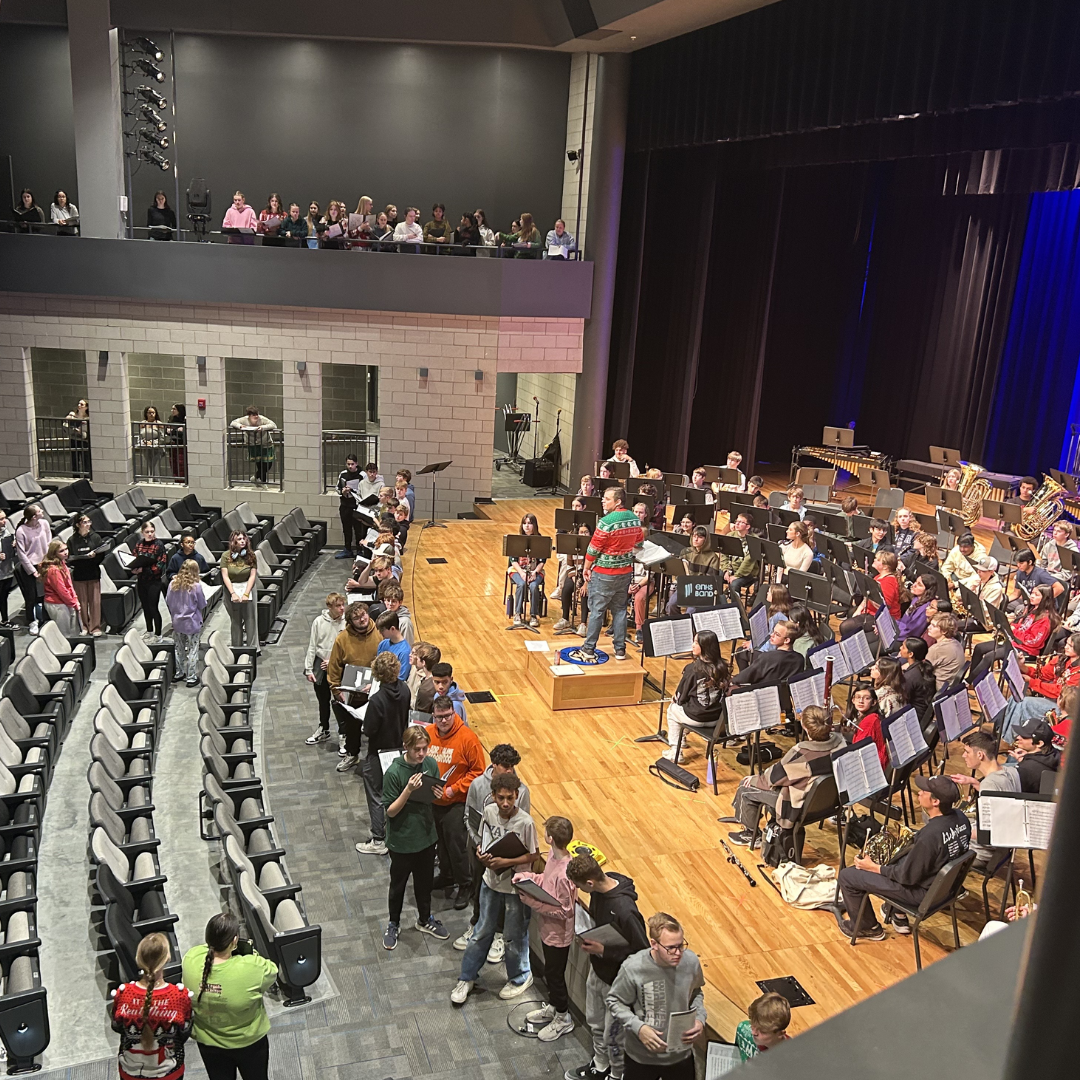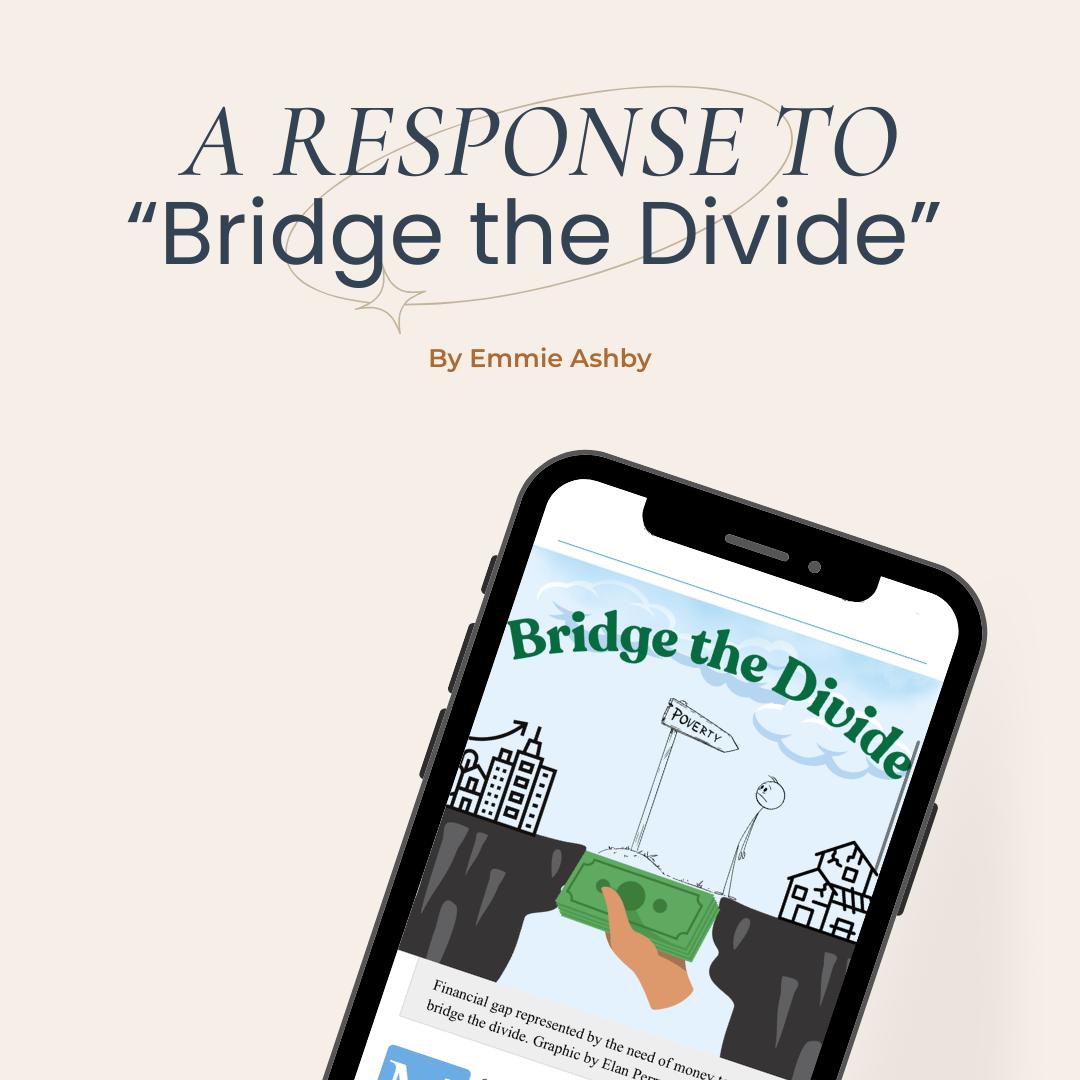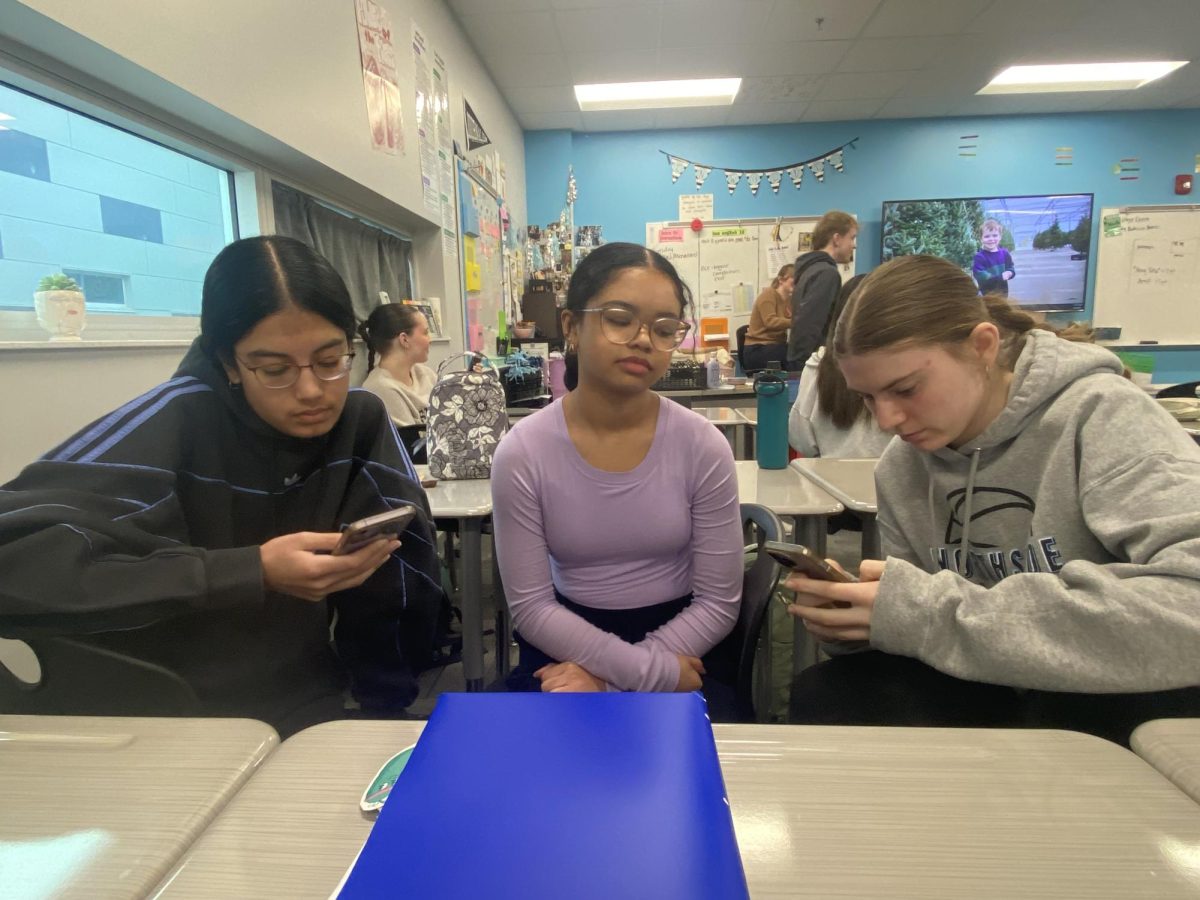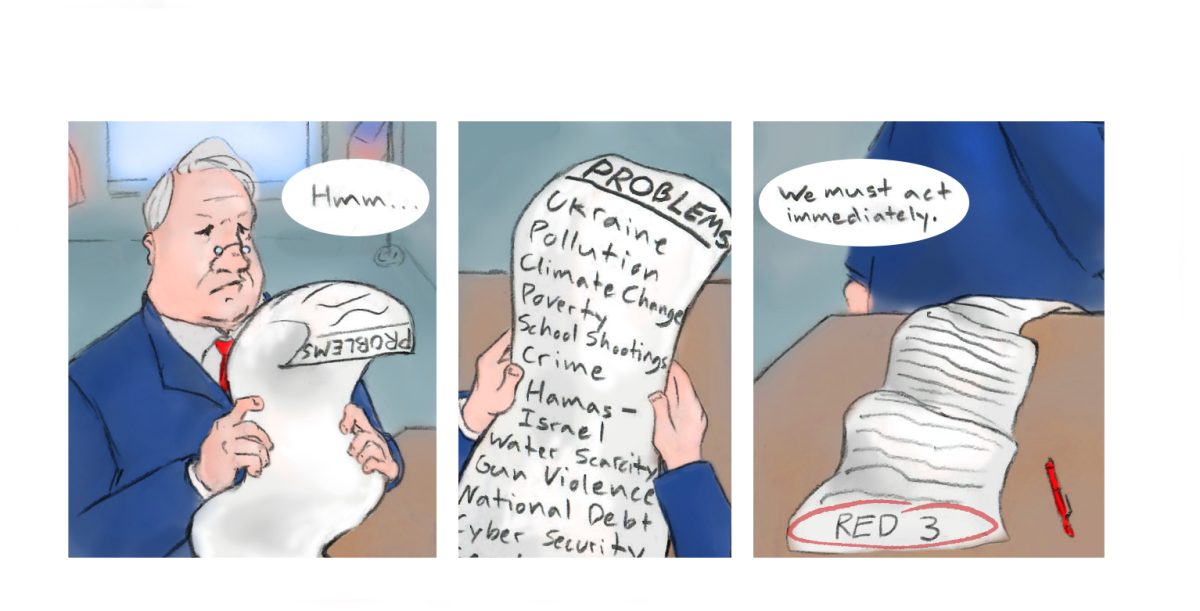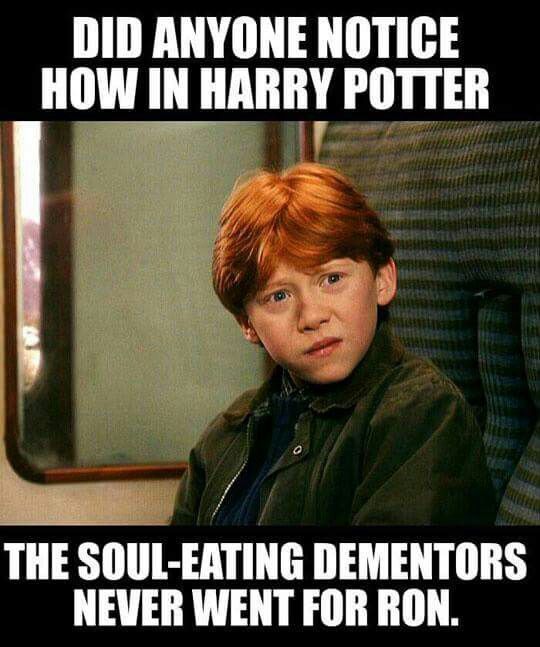All over the school are posters that encourage good attendance, recycling, and ways to be a better student. In TA, teachers force students to watch presentations about careers or mental health, expecting them to learn something.
The school administration needs to be informed that these methods are ineffective.
These presentations have good intentions to get students to be better people or prepare them for the future, but they approach it from the wrong direction. It is rare for students to take these posters or videos to heart, especially when they are forced to watch it. For those who do pay attention, there is little likelihood that it will be remembered.
Most students use TA to do homework or talk to friends, so these presentations are just interruptions.
“Right now, most of the kids in 9th or 10th grade are not worried about their ACT or careers, so I think people don’t see TA as an important part of the day where we are supposed to get important information,” English teacher Teresa Huber said. “The kids see it as their break and their time to socialize and play games.”
If the career lessons don’t pertain to most underclassmen, then most likely, they won’t pay attention. Some upperclassmen also don’t pay attention because they already know what they want to do after they graduate high school.
“If you have your plan set in stone, I could see it as fruitless. Like why am I doing this? I already got my plan,” Assistant Principal Dr. Emily Christensen said. “So it really depends on who is doing them to have a level of effectiveness.”
An example of this in real life is commercials. People watch TV for the purpose of entertainment, but occasionally they are interrupted by commercials that they don’t want and won’t listen to. This is a lot like career lessons given in TA. Students never expect to have a career lesson, so when they do, their plans get messed up.
On April 4, FCCLA students Ashleigh George, Grace Jesske, and Courtney Hagestad presented to students about practicing safe driving during a TA assembly in the auditorium. This presentation also included stories from Deputy Adam Weaver.
“We did it for the idea that driving and being a safe driver actually does make a difference,” senior Courtney Hagestad said. “We put a lot of work into it.”
On the day of the presentation, a student who attended the assembly later got into a car accident. Deputy Weaver spoke to the student and learned that he had no idea what to do in that situation.
“It demonstrates the gap between students who pay attention and those who do not,” Hagestad said. “They would have known what to do if they had paid attention.”
Students don’t pay attention to these presentations because they don’t think that bad things will happen to them. For example, Weaver told a story about someone involved in a car accident who was not wearing a seatbelt. Students don’t take this seriously because they think that they are good enough drivers to not be involved in an accident.
These presentations have good intentions, but they are ineffective. Students see these presentations as collections of words they are required to sit through.



